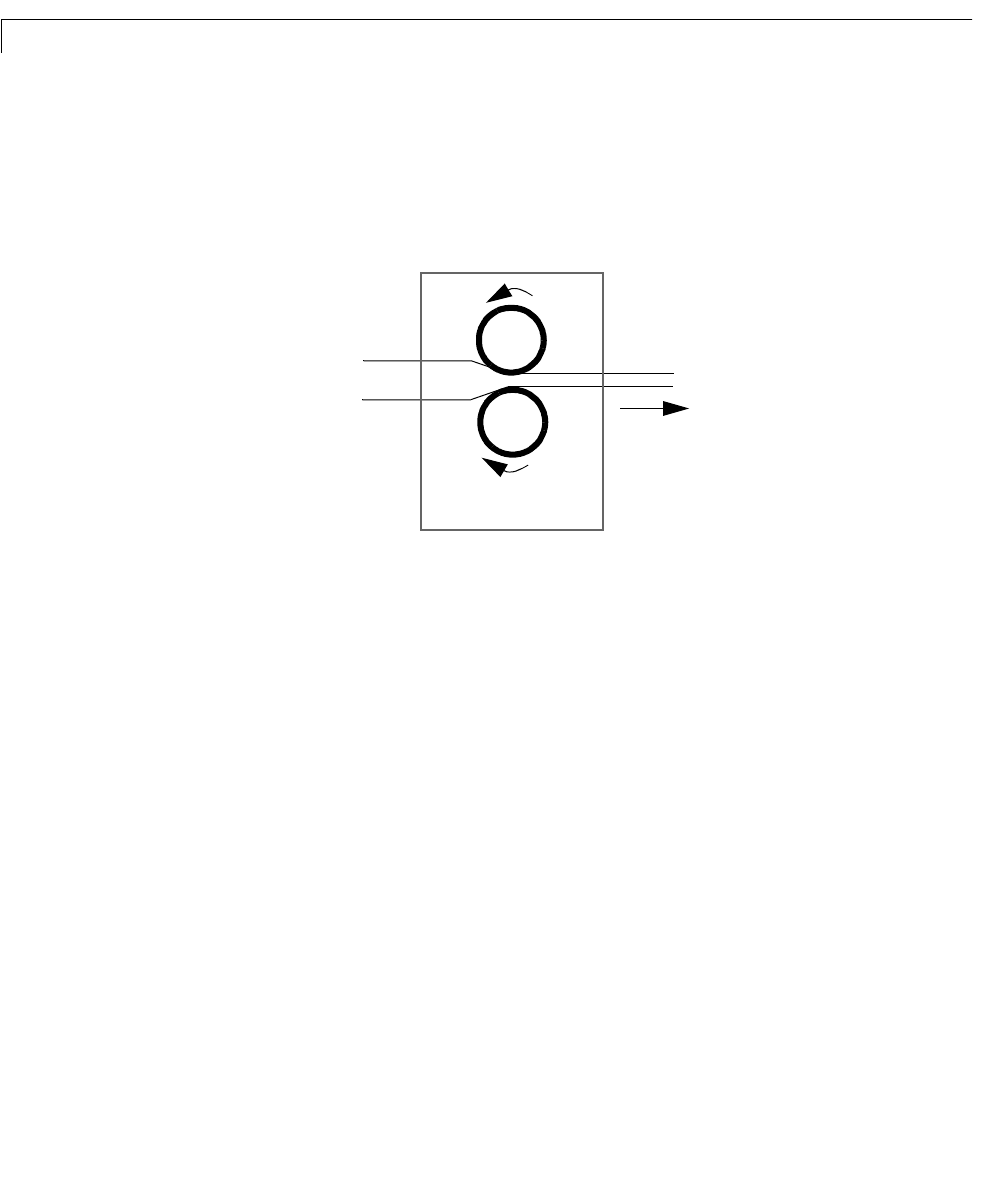User`s guide
Table Of Contents
- Preface
- Quick Start
- LTI Models
- Introduction
- Creating LTI Models
- LTI Properties
- Model Conversion
- Time Delays
- Simulink Block for LTI Systems
- References
- Operations on LTI Models
- Arrays of LTI Models
- Model Analysis Tools
- The LTI Viewer
- Introduction
- Getting Started Using the LTI Viewer: An Example
- The LTI Viewer Menus
- The Right-Click Menus
- The LTI Viewer Tools Menu
- Simulink LTI Viewer
- Control Design Tools
- The Root Locus Design GUI
- Introduction
- A Servomechanism Example
- Controller Design Using the Root Locus Design GUI
- Additional Root Locus Design GUI Features
- References
- Design Case Studies
- Reliable Computations
- Reference
- Category Tables
- acker
- append
- augstate
- balreal
- bode
- c2d
- canon
- care
- chgunits
- connect
- covar
- ctrb
- ctrbf
- d2c
- d2d
- damp
- dare
- dcgain
- delay2z
- dlqr
- dlyap
- drmodel, drss
- dsort
- dss
- dssdata
- esort
- estim
- evalfr
- feedback
- filt
- frd
- frdata
- freqresp
- gensig
- get
- gram
- hasdelay
- impulse
- initial
- inv
- isct, isdt
- isempty
- isproper
- issiso
- kalman
- kalmd
- lft
- lqgreg
- lqr
- lqrd
- lqry
- lsim
- ltiview
- lyap
- margin
- minreal
- modred
- ndims
- ngrid
- nichols
- norm
- nyquist
- obsv
- obsvf
- ord2
- pade
- parallel
- place
- pole
- pzmap
- reg
- reshape
- rlocfind
- rlocus
- rltool
- rmodel, rss
- series
- set
- sgrid
- sigma
- size
- sminreal
- ss
- ss2ss
- ssbal
- ssdata
- stack
- step
- tf
- tfdata
- totaldelay
- zero
- zgrid
- zpk
- zpkdata
- Index

9 Design Case Studies
9-32
This shape is impressed by two pairs of rolling cylinders (one per axis)
positioned by hydraulic actuators. The gap between the two cylinders is called
the roll gap.
The objective is to maintain the beam thickness along the x- and y-axes within
the quality assurance tolerances. Variations in output thickness canarisefrom
the following:
• Variations in the thickness/hardness of the incoming beam
• Eccentricity in the rolling cylinders
Feedback control is necessary to reduce the effect of these disturbances.
Because the roll gap cannot be measured close to the mill stand, the rolling
force is used instead for feedback.
The input thickness disturbance is modeled as a low pass filter driven by white
noise. The eccentricity disturbance is approximately periodic and its frequency
is a function of the rolling speed. A reasonable model for this disturbance is a
second-order bandpass filter driven by white noise.
-axis
incoming beam shaped beam
rolling cylinders
rolling mill stand
x










